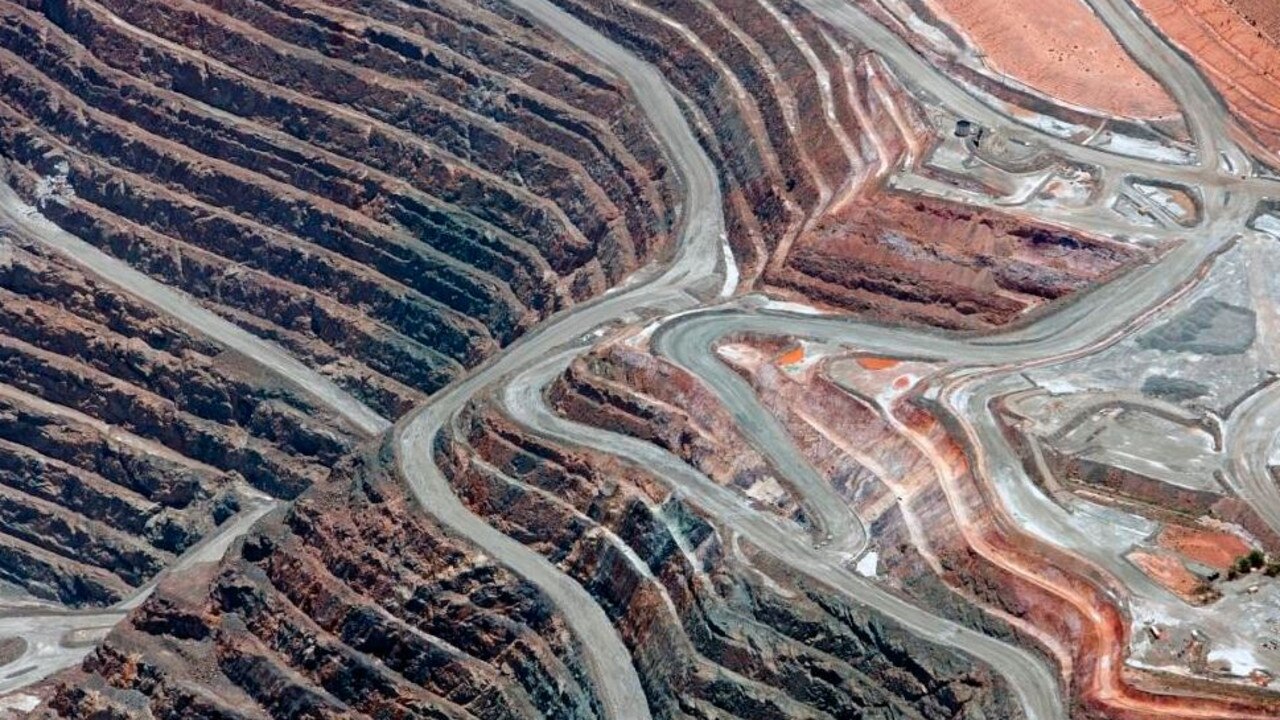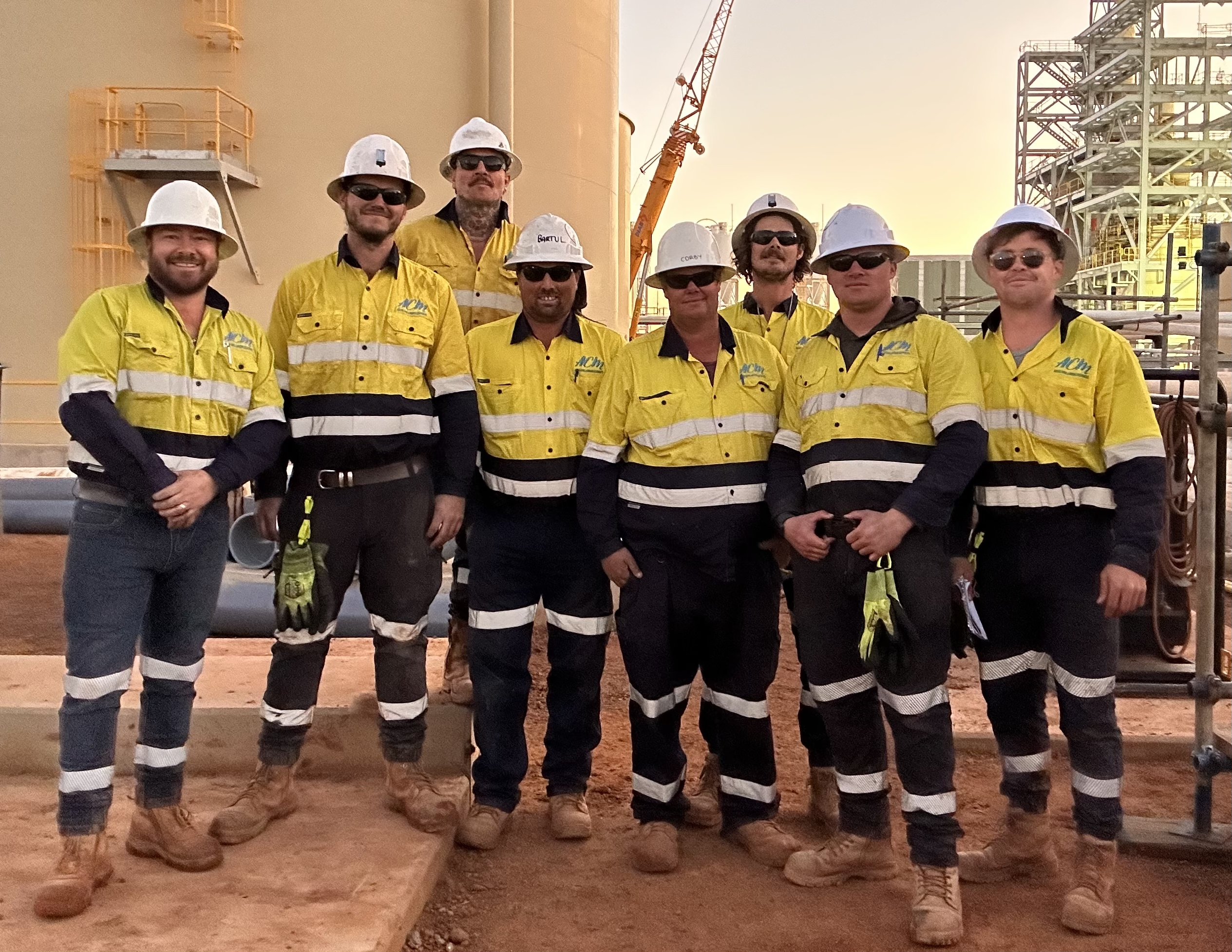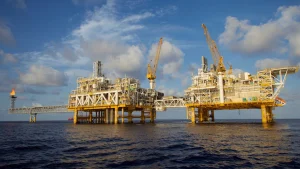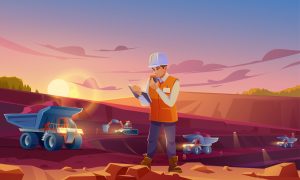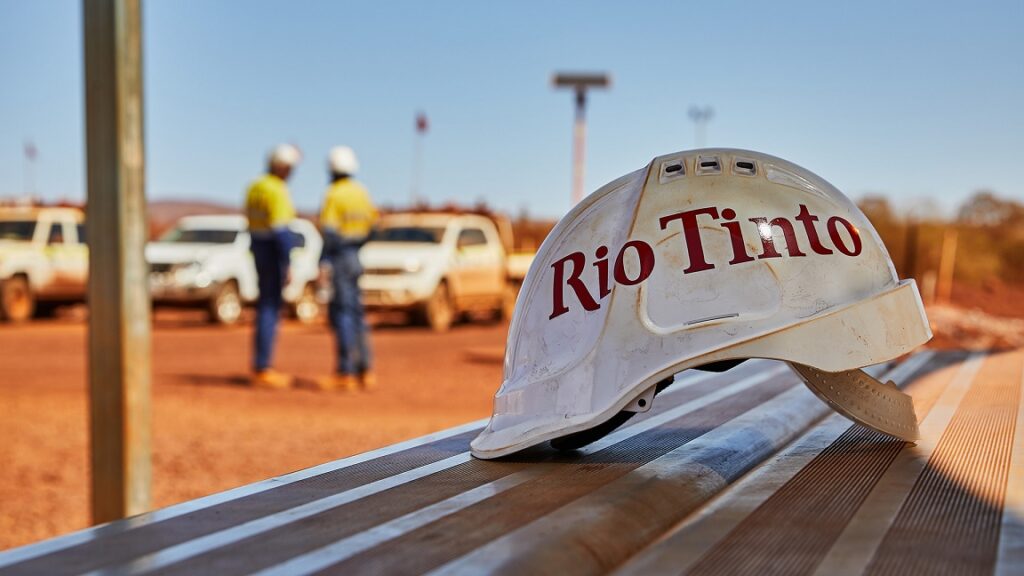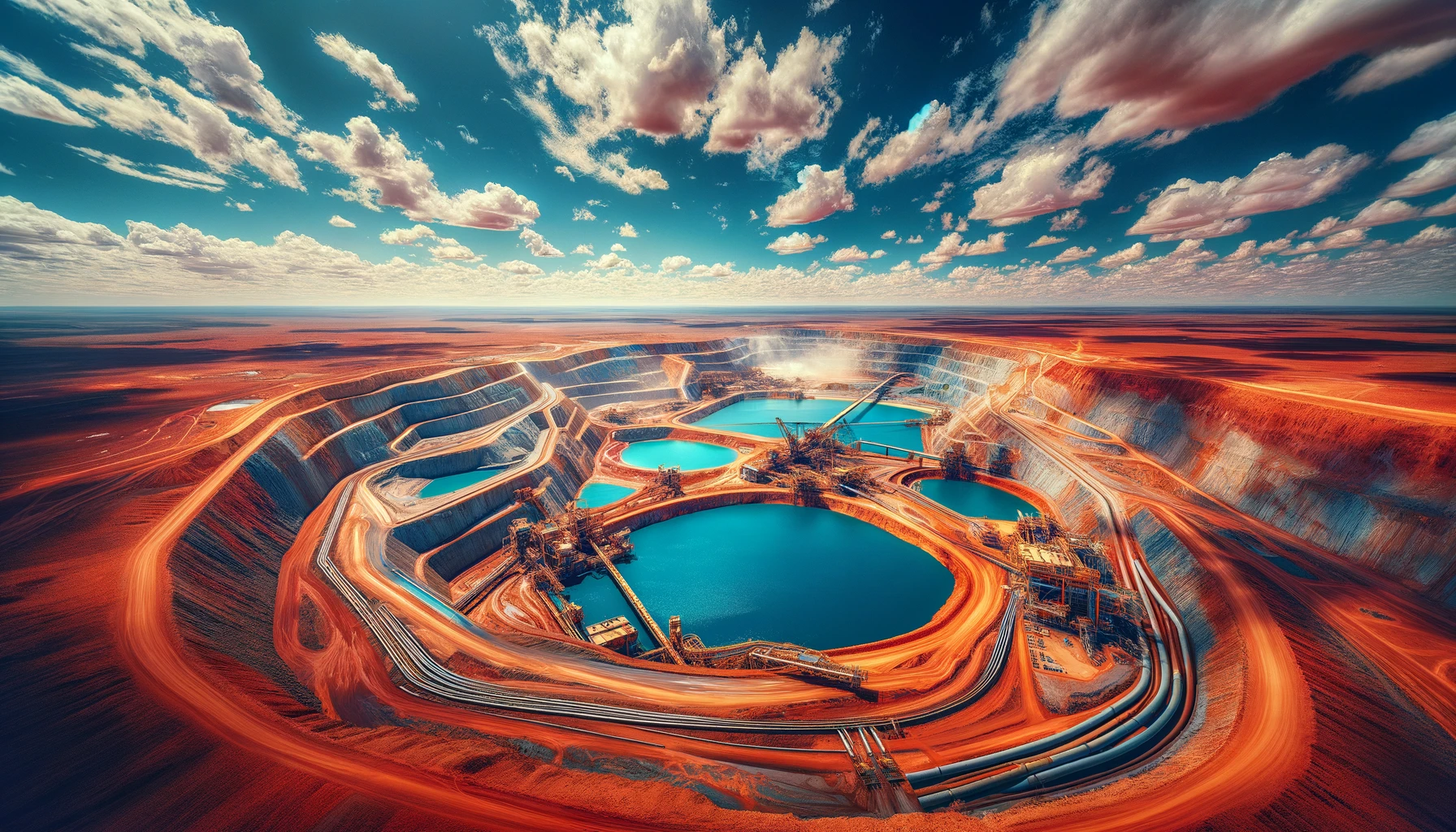Australian mineral facts
Major mining and mineral deposits in Australia. Source Geoscience Australia.
Australia produces 19 useful minerals in significant amounts, from over 350 operating mines. From these minerals, useful materials such as metals can be extracted. Australia is one of the world’s leading producers of bauxite (aluminium ore), iron ore, lithium, gold, lead, diamond, rare earth elements, uranium, and zinc. Australia also has large mineral sand deposits of ilmenite, zircon and rutile. In addition, Australia produces large quantities of black coal, manganese, antimony, nickel, silver, cobalt, copper and tin.
Mining occurs in all states of Australia, the Northern Territory and Christmas Island. There is no mining in the Australian Capital Territory apart from quarries used for construction materials. Australia’s Identified Mineral Resources, has up-to-date information on mineral resources in Australia including resource estimates, production and export figures.
Metals and other mineral ores
Minerals are naturally occurring, inorganic, solids. They are the ingredients of rocks. Ores are rocks that contain metals or valuable minerals, that can be mined for profit.
Some ores found and mined in Australia include:
Metals
Mineral Sands
The term Mineral sands is given to a group of heavy minerals commonly found and mined together from old beach, river or dune environments. Occasionally these deposits are referred to as beach sand deposits or heavy mineral deposits. Typically beaches are dominated by the mineral quartz (SiO2), but mineral sands contain concentrations of important minerals such as rutile, ilmenite, monazite, zircon and garnet. Other heavy minerals found in mineral sands include magnetite, sapphire, diamond and staurolite. In Australia, the three main elements extracted from mineral sand deposits are titanium from ilmenite and rutile sands, zirconium from zircon sands and thorium from monazite.
Australian Gems
Sapphires, from, Queensland. R30718. Source Geoscience Australia.
Sapphires, from, Queensland. R30718. Source Geoscience Australia.
Sapphires, from, Queensland. R30718. Source Geoscience Australia.
Gemstones are minerals that possess beauty and durability and have a rarity that makes them desirable. There are over 4000 different minerals, yet only 130 are considered gemstones and of these less than 50 are frequently used. In addition, organic materials that are not minerals, such as amber or pearl are also often considered to be gemstones as well. The rarest and most valuable of all are diamond, emerald (green beryl), sapphire (blue corundum) and ruby (red corundum). Opal is the national gemstone of Australia.OverviewDiamondOpalEmeraldGarnetTopazJadeSapphire/RubyZircon
Minerals Links
National
Geoscience Australia houses the National Mineral and Fossil Collection, an impressive selection of some 15 000 mineral and 100 000 fossil specimens, of which approximately 800 are on permanent display. Geoscience Australia’s mineral collection can be viewed through a number of online exhibits hosted by Google Arts & Culture.
The Australian Museum has a section devoted to geoscience in Australia. The Museum keeps the Albert Chapman Mineral Collection which is on permanent display.
New South Wales
The New South Wales Department of Primary Industries offers mineral factsheets relating to commodities found in New South Wales.
Northern Territory
The Northern Territory Government provides a guide to Gems and Minerals in the Northern Territory .
Queensland
The Queensland Resources Council hosts Oresome Resources a website that provides a wide range of educational resources to support teaching and learning about minerals and energy.
The Queensland Government, supports the Queensland Minerals and Energy Academy an industry/education schools partnership between the Queensland resources industry and the government. The Academy assists students with their understanding of, and exposure to, the resources sector and related career paths.
South Australia
The South Australian Government provides educational resources for teachers.
Victoria
The Victorian Government offers an overview of Victoria’s geology. The government also provides minerals information on commodities produced in Victoria.
Western Australia
Earth Sciences Western Australia (ESWA) is a consortium of universities, the CSIRO, Minerals, Oil and Gas Industry partners, as well as and other public and private organisations have collaborated to develop a suite of Earth and Environmental Science (EES) resources, materials and teacher training.
The University of Western Australia owns and operates the Edward de Courcy Clarke Earth Science Museum which is open to the public on Mondays, Wednesdays and Fridays and on Sunday afternoons.
Tasmania
Mineral Resources Tasmania has comprehensive information on Tasmania geology, mining and exploration.
Join our Facebook community with over 105,000 active Australians


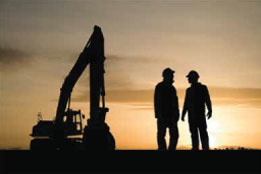
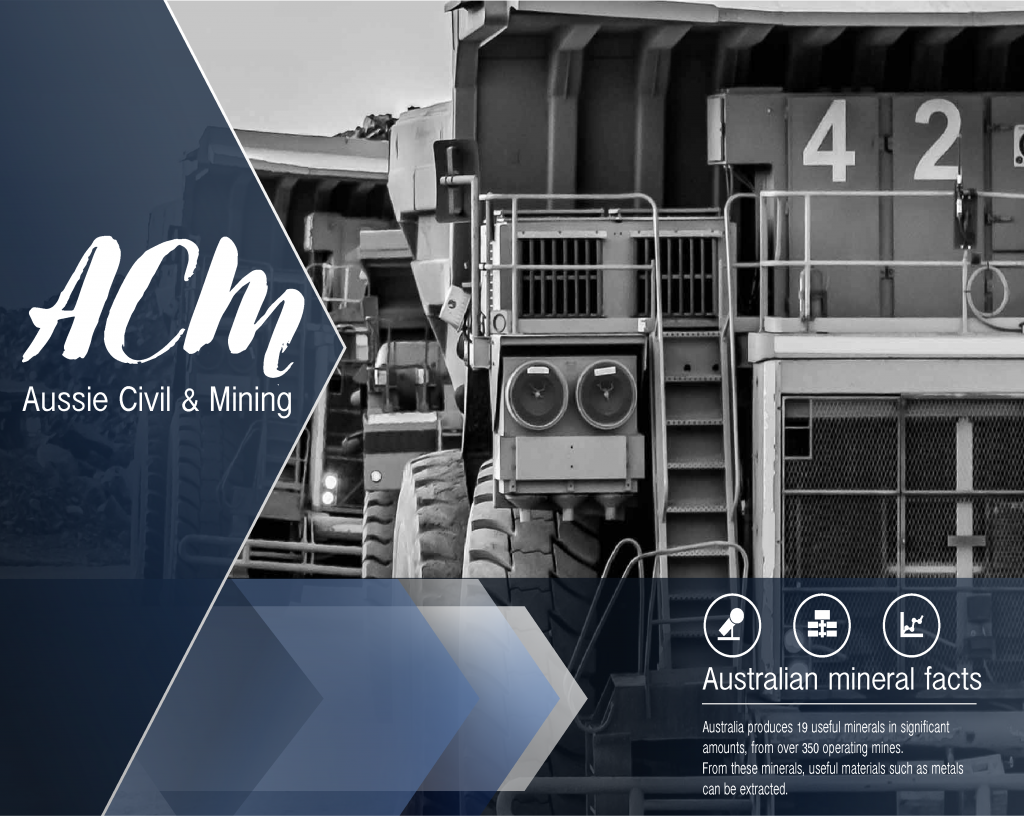
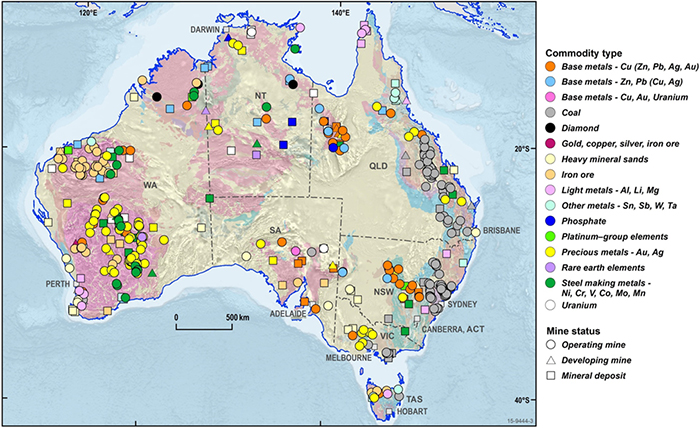
 Aluminium
Aluminium Copper
Copper Gold
Gold Iron
Iron Lead
Lead Magnesium
Magnesium Nickel
Nickel Silver
Silver Tin
Tin Titanium
Titanium Zinc
Zinc Overview
Overview Rutile
Rutile IImenite
IImenite Garnet
Garnet Monazite
Monazite Zircon
Zircon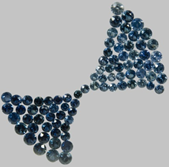
 Overview
Overview Diamond
Diamond Opal
Opal Emerald
Emerald Topaz
Topaz Jade
Jade Sapphire/Ruby
Sapphire/Ruby
